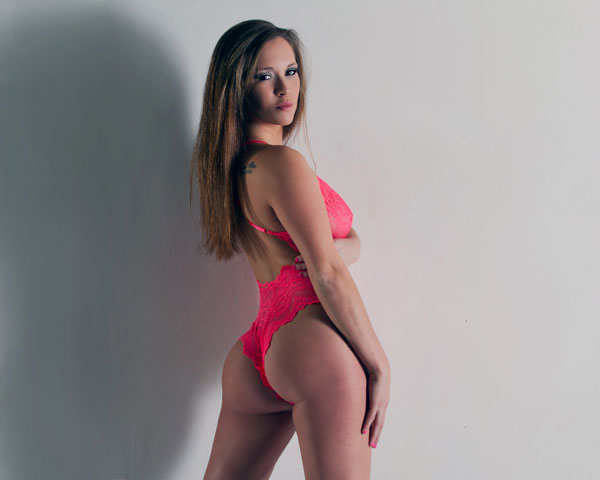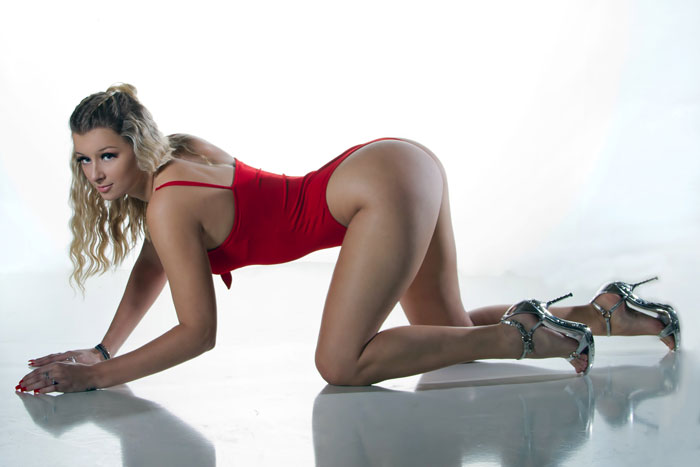There have been models since the days of man’s earliest attempts at depicting human life and beauty through an artistic medium. As far back as the dawn of civilization, artists have sought to portray men and women in both realistic and stylized form, and have used models to assist them in their endeavors. As art took on greater and more important roles in culture and society, the artist’s model became a central part of the process. Whether it was the Classical Age of Greco-Roman sculpture, Italian Renaissance painting or the first attempts at lithography in the late Romantic Era, models have become essential to the efforts of artists and their craft.
However, when people hear the word “model” today, posing for a painter or a sculptor does not come readily to mind. Depending on the age of the person queried, they will probably define a model or try to explain their impressions of modeling running a gamut from a female clothes horse in a catalog like Avon or Victoria’s Secret to someone like Alexis Ren, a young woman who sports almost 14 million followers on Instagram. Models fall into any number of niches between those two defining examples and it was the original intent of this article to examine modeling and determine what real modeling truly is. However, after a great deal of thought and consideration, that basic theme had to be altered because modeling is evolving before our very eyes and at an ever-increasing pace. What once was an exceedingly narrow industry with an even narrower delineation of what was required to be a model has diversified and evolved into something that takes some serious contemplation when a person is asked to describe this iconic vocation.

Part 1 – Modeling Before the Internet
Prior to the invention and implementation of the Internet by the mid-1990s, modeling had advanced along some rather strict and calcified lines. There was print modeling with its close cousin of runway modeling as the dominant form and most sought after avenue of success and fame. Beyond the high visibility world of commercial print/runway modeling, promotional modeling and publication/glamor modeling also had long genealogical lines dating back many decades. To become a commercial print and/or runway model, girls had to fit an exacting body type (tall and extremely thin) and usually had to be signed to a reputable agency. Up until the 1970s and especially by the 1980s, in the United States at least, models tended to be Caucasian. Any girls who were able to cross over those lines drawn in the sand of body type and ethnicity were few and far between, and freelance models were even more rare. Promotional modeling was somewhat easier to get into for girls who had a few more curves or had a look that was outside of what the Modeling Agencies deemed “acceptable”, but the challenge was getting to those places where Trade Shows and Conventions needed pretty girls to don a bikini or daring outfit and hawk any number of wares.




